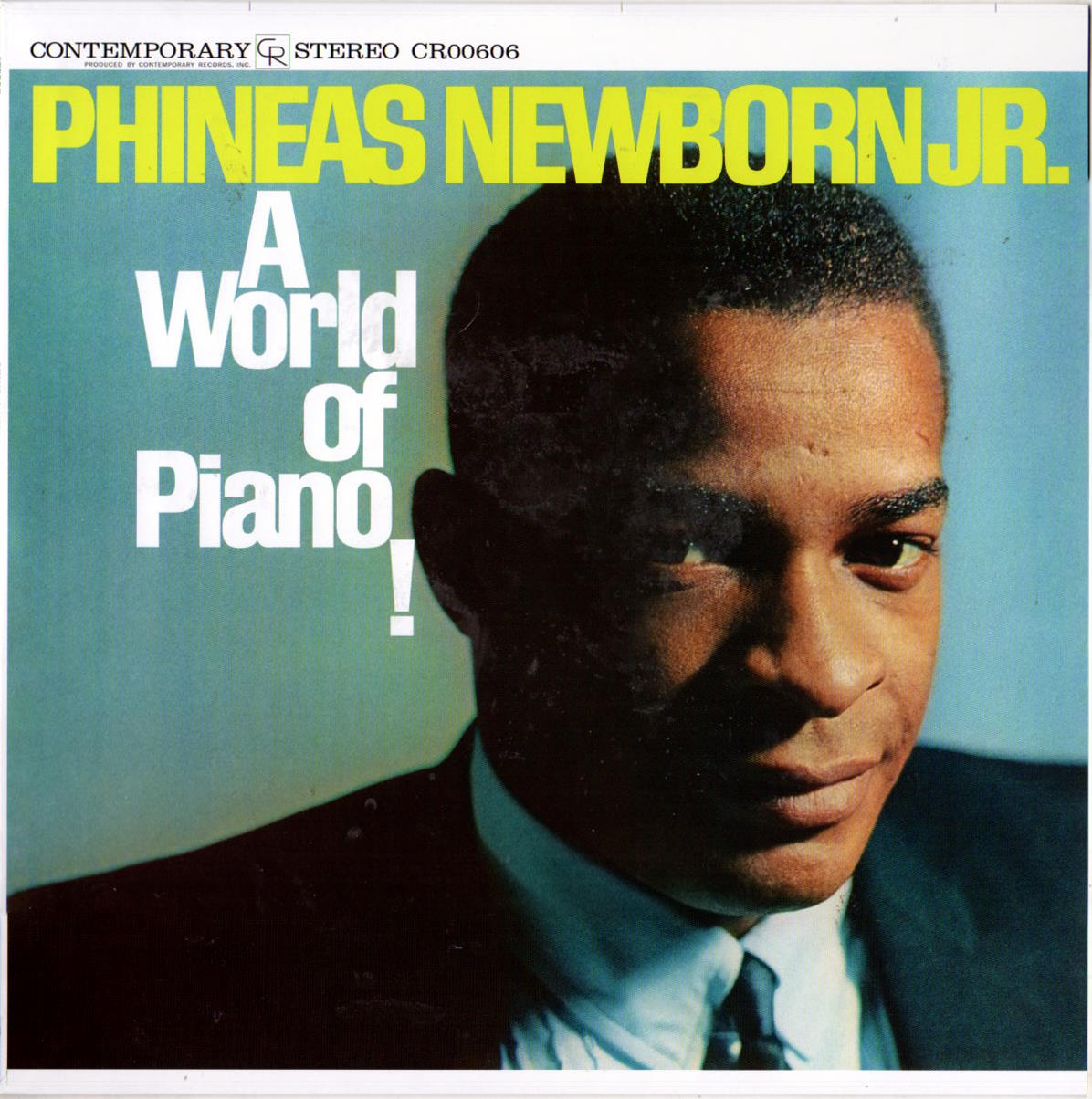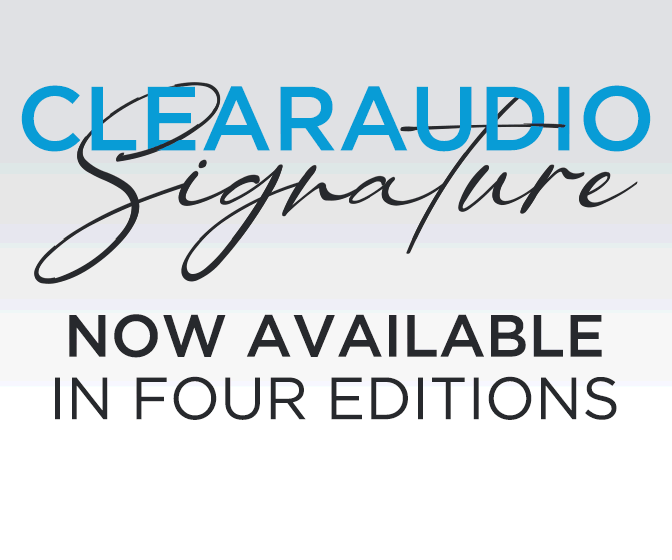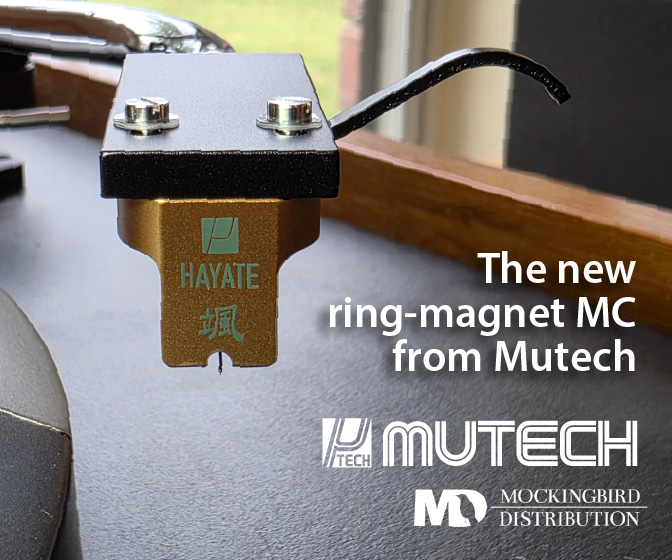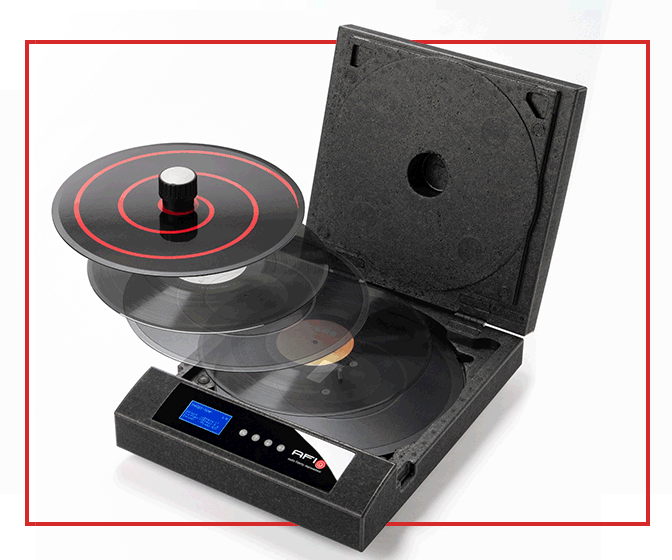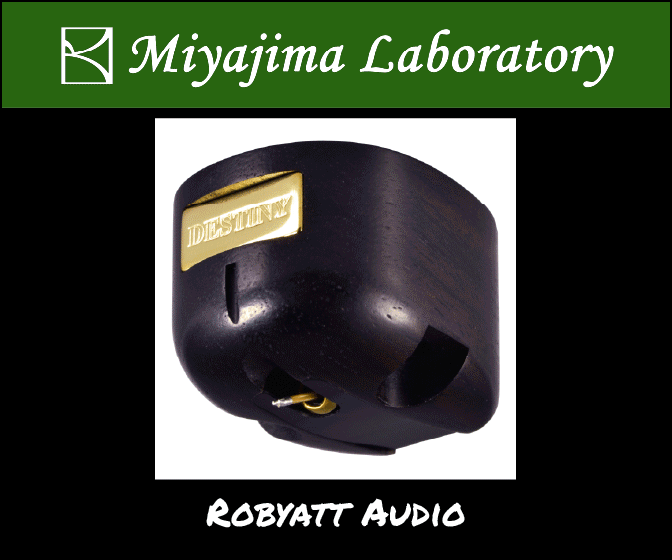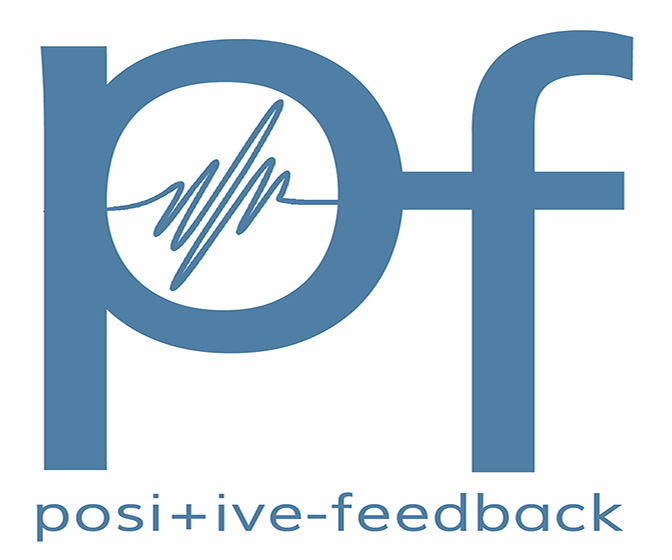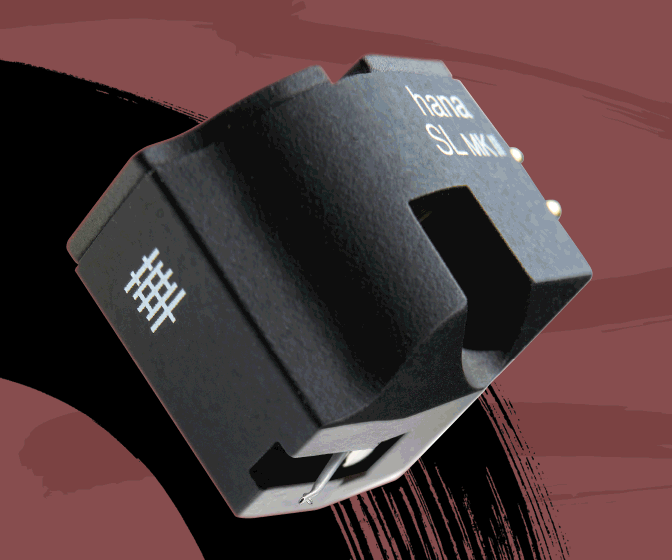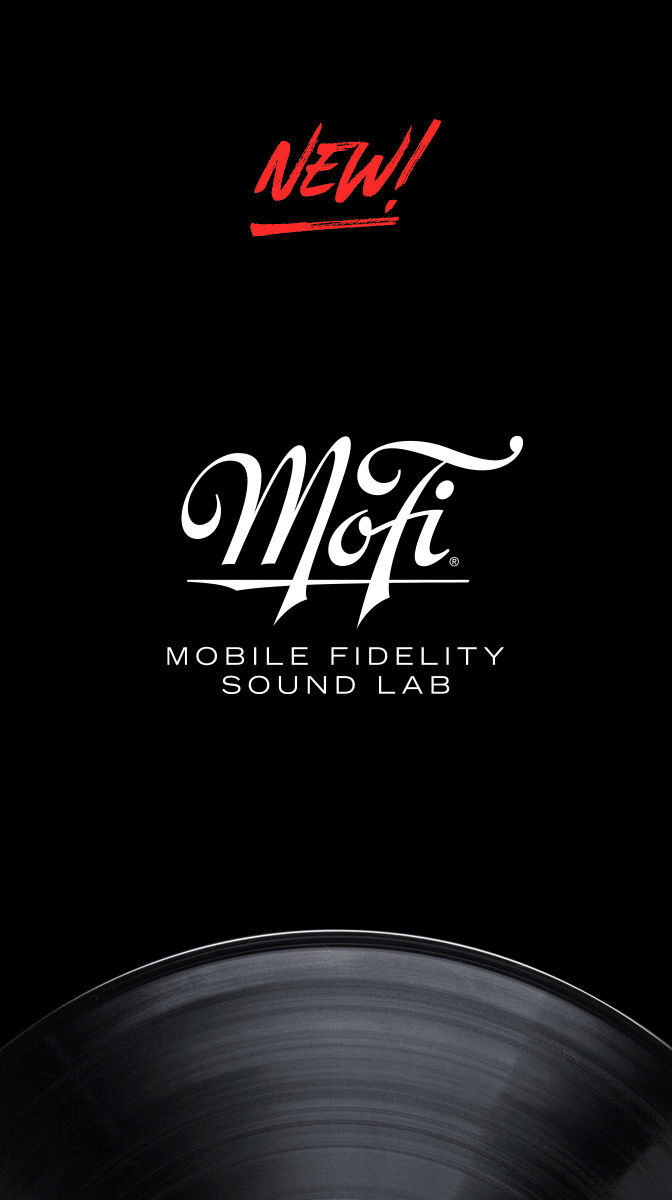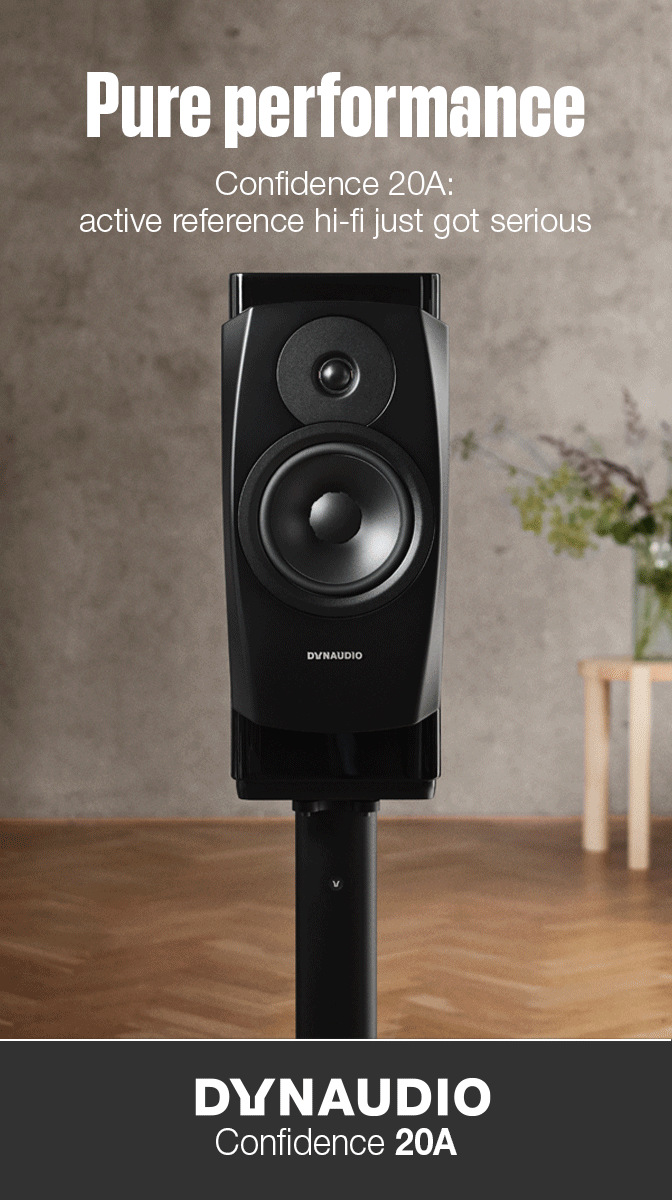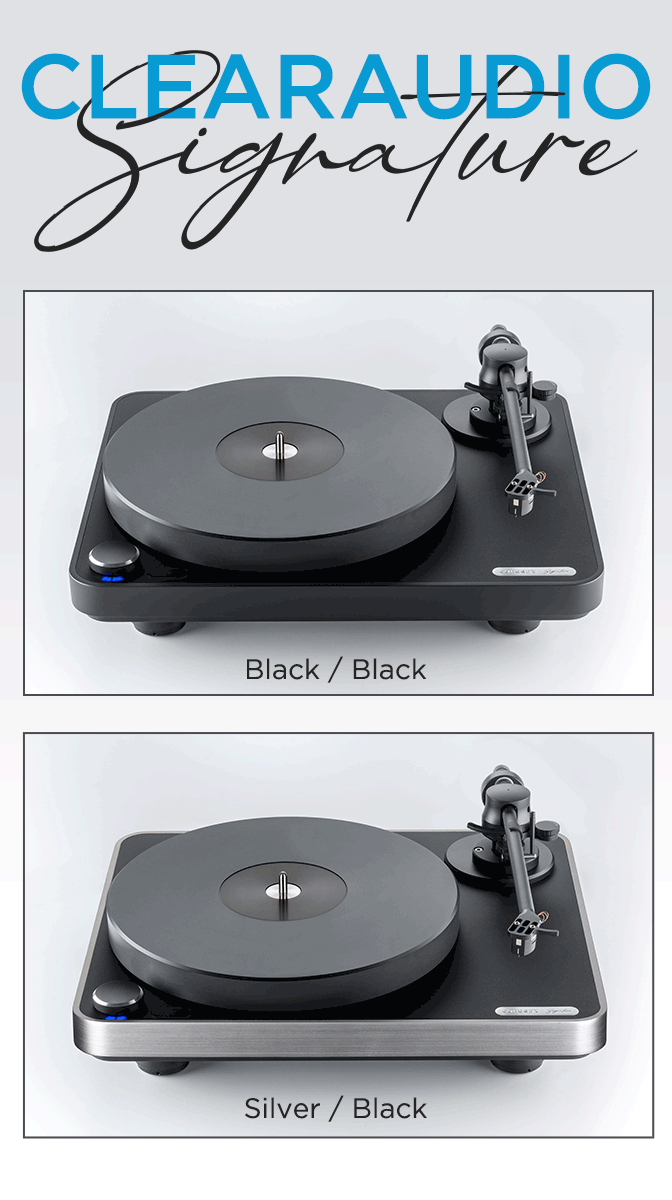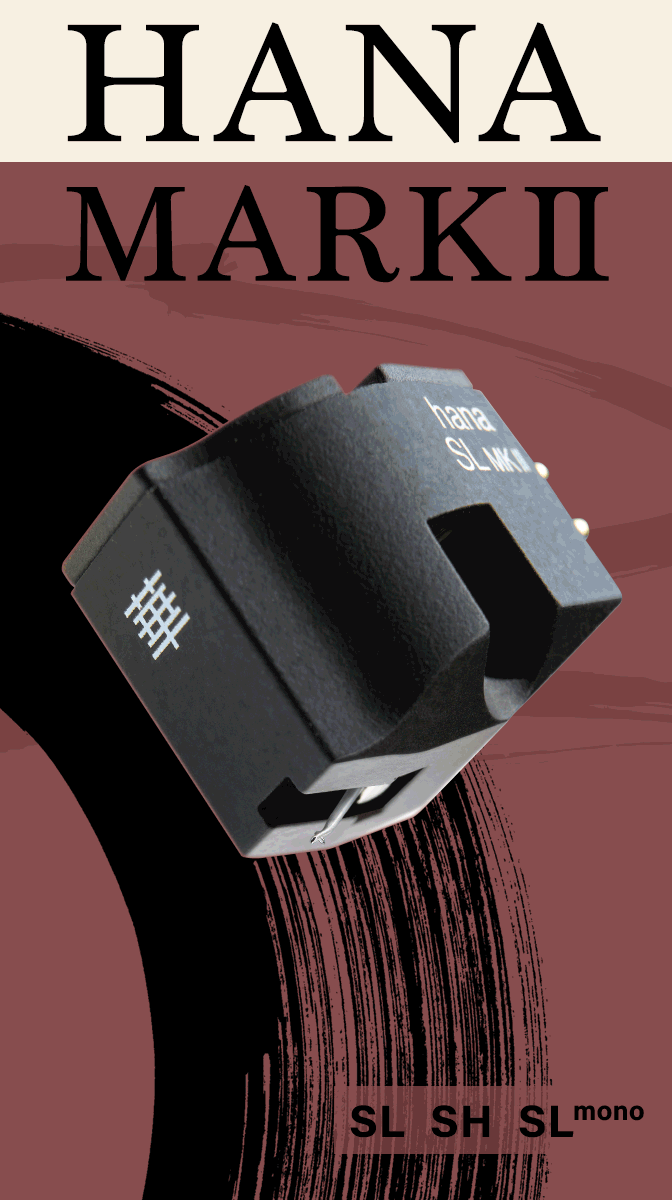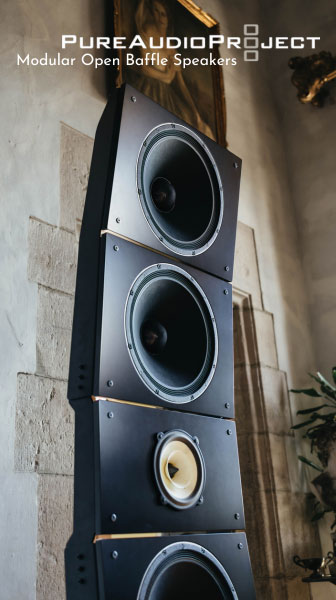A World of Piano!........Phineas Newborn Jr.
Craft Recordings reissues piano trio classic, cut from master tape by Bernie Grundman
Phineas Newborn Jr. was one of the greatest jazz pianists, possessing an astonishing technical ability, a deep bluesy swing, and a complete mastery of jazz harmony. Pianist George Wein wrote, “the only pianist who has as great or greater command of the piano is Art Tatum.” Gene Harris, pianist of the Three Sounds, told Downbeat that Newborn was “…the greatest pianist playing today. In every respect, he is tremendous.” Teddy Wilson and Ray Bryant said his technique was “fabulous.”Critic Leonard Feather wrote that A World Of Piano! was “the most stunning piano set since Tatum’s salad days in the 1930s” and “Newborn is the greatest living jazz pianist.” But despite recording approximately twenty albums during a thirty plus year career and the steadfast patronage of Lester Koenig, owner of Contemporary Records, Newborn never achieved significant commercial success and remained a “musician’s musician.”
Newborn was born near Memphis in 1931 to a musical family. His father was a drummer and local band leader, and his younger brother Calvin was to become a successful professional guitarist. Phineas (pronounced Fine-Us) was a prodigy and began working professionally at fourteen. In 1949, he played hard rocking blues piano on B.B. King’s first recordings. The following year, at eighteen, he recorded two piano boogies, displaying his already amazing technique, at Sun Studios, for the legendary Sam Phillips. Until 1953, when he joined the army, Phineas continued to work in Memphis with his father and brother playing blues, R&B, and jazz, occasionally touring with national R&B acts.
In 1956, after his army discharge, already a legend among jazz musicians who had been swapping stories about the incredible young pianist they had heard in Memphis, he moved to New York and the jazz big time. The influential John Hammond was an early booster, and he and Count Basie arranged for Newborn’s sensational debut on the New York club scene, sharing a bill with Clifford Brown and Max Roach. He got national press attention when Esquire magazine ran a full page review, which compared him to Louis Armstrong and Bix Beiderbecke.
Within a month, he was recording his first album, Here Is Phineas, for Atlantic, accompanied by legends Kenny Clarke and Oscar Pettiford. The album sold only moderately, and the reviews began the binary pattern that dogged Newborn during his entire career-----either, “his technique is incredible and he’s a great jazz pianist” or “his technique is incredible, but he’s too technical and lacks emotion.”
Major label, RCA probably thinking they should have a competitor to Oscar Peterson, signed Newborn to a contract that produced four albums. Sales were lackluster, reviews mixed.
Over the next few years, Newborn played jazz clubs all over the U.S., toured Europe, and appeared at Carnegie Hall and the Newport Jazz Festival. Unfortunately, he began drinking heavily and, in 1958, had a mental breakdown, which led to his commitment to New York City’s Bellevue Hospital. Upon release, he was reduced to recording for the independent Roulette label, owned by the notorious Morris Levy.
In late 1960 or early 1961, probably to get away from the pressures of New York and the road, he moved to Los Angeles. He lived there until the early 1970s, playing occasionally in local clubs and struggling with his mental illness, which necessitated several hospital stays. Newborn was in danger of becoming forgotten on the Manhattan-centric national jazz scene, but fortunately, Lester Koenig, owner of L.A. based Contemporary Records was a fan. Even though Newborn was unable to tour and had never sold more than modestly, in the words of John Koenig, “My father, however, would periodically devise excuses to record him.”
A World of Piano!, the first Contemporary album, was recorded at two all star trio sessions in the fall of 1961 at Contemporary’s office in the shipping room that doubled as a studio. The Miles Davis Sextet (featuring JJ Johnson and Hank Mobley) was in town, playing at the Renaissance Club and Koenig, for the October 16 session on side 1, provided Phineas with Miles’ legendary rhythm section of Paul Chambers (bass) and Philly Joe Jones (drums). The only slightly less stellar Cannonball Adderley Sextet rhythm section of Sam Jones (bass) and Louis Hayes (drums), backed Phineas for the November 21 session on side 2.
Though Newborn hadn’t been gigging frequently, his practice regimen was rigorous and obsessive, and his playing on A World of Piano! is every bit as stunning as his last New York recordings two years before. Koenig probably wanted to defuse the now customary “he’s just a super talented cocktail pianist” criticism by recording an up tempo, swinging jazz album. All the tunes were written by jazz composers, and the only ballad is Billy Strayhorn’s “Lush Life.” Newborn responded with hardest, swinging album he ever recorded, playing with relaxed intensity and, like only the very greatest, the music seems to not be coming from him but flowing through him.
The swinging starts right away with Charlie Parker’s “Cheryl.” With overpowering rhythmic momentum, Newborn plays some amazing octave runs up the keyboard every note cleanly articulated and ringing like bells. Immediately, it’s obvious that Chambers and Philly Joe, hard as it may be to believe, are intimidated by the sheer quantity of music – the rhythms, melodic, and harmonic ideas that Newborn is spontaneously creating. Undoubtedly, their eyes met, and they silently asked each other the question so many drummers and bassists had asked before, “How are we going to play with this guy?” The approach they adopted was sensible-- “don’t stand in front of the firehose.” They keep good solid time and limit interaction with Phineas to the rare occasions when he seems to remember they are there and leaves some space.
Dizzy Gillespie’s Afro-Cuban rhythm “Manteca” is a dazzling display of rhythmic complexity as Newborn’s hands improvise simultaneously, playing different rhythms while conversing like African drummers and creating layers of polyrhythms, all while improvising on the melody. Only free jazz titan Cecil Taylor has played piano at this level of rhythmic freedom and complexity, and Newborn has as much in common with him as Art Tatum and Oscar Peterson, who he is usually compared to.
Strayhorn’s “Lush Life” begins with Newborn improvising an intro based on a Ravel piece that becomes a new beautiful Phineas composition. He plays the Strayhorn melody while inserting improvised motives between the phrases and then improvises on them. The effect is like he is playing two and sometimes three songs simultaneously. Near the end of the song, the harmonies become bright, and his chiming right hand notes sing out an optimistic melody counterpoised with Strayhorn’s gorgeous but despairing one. It’s a beautiful, uniquely Newborn moment.
"Dahoud," Clifford Brown’s classic bop tune, is played with Phineas’ complete rhythmic mastery. His improvisation consists of melodic lines phrased rhythmically so that they are counter rhythms to the pulse played by the bass and drums, but also each other so that he creates a conversation with himself and a dual level improvisation.
The November session with Jones and Hayes as the rhythm section begins with Phineas absolutely tearing through the “I Got Rhythm: changes of “Oleo.” At a tempo that merely human pianists would resort to playing glissandos, his right hand lines are unbelievably fast, clean, and creative while the left hand plays melodic talking drum figures. Hayes and Jones, no more eager than Chambers or Philly Joe to stand toe to toe with Phineas, keep time and watch the show.
“Juicy Lucy,” Horace Silver’s tune uses blues changes but not the form. Newborn, over a medium groove, plays the melody funkily, showing how deep he could get into the blues. In the first chorus, he begins to wander far from the finger poppin’ dance groove and creates layers of different rhythms on top of his still grooving left hand. The layers accumulate, and by the end of the tune, his right hand is poised on the edge of free jazz while his left is deep in the funk.
“For Carl” is a waltz with a sing song melody that produces some of the most amazing and complex playing by Newborn on the album. The simple melody allows him to interpolate his own improvised melodies between the phrases and create a symphony like construction of multiple thematic development all while swinging lightly but powerfully. That he could improvise music of such complexity on a tune that Lester Koenig probably asked him to record (Contemporary owned the publishing), and he had never seen before the session, displays a genius level intuitive sense of musical form.
“Cabu,” written by tenor saxophonist Roland Alexander, is a Coltrane style tune and the most harmonically advanced piece on the album. Lots of chords or few, simple or complex, it’s all the same to Phineas, and he burns through the tune with his trademark controlled intensity, rhythmic layering, call and response motives, and impossible chromatic runs.
A World of Piano!, despite the championing of Leonard Feather, did not sell well. Contemporary released four more albums by Newborn in the years 1962-1969 to little notice. Much of that time, he was off the jazz scene, suffering from mental illness. In the early 1970s, he moved back to Memphis to live with his mother. The pattern of breakdowns and commitments continued. In 1974, he was mugged and several of his fingers broken. Atlantic’s release of Solo Piano in 1975, his first album in six years, revived interest in Newborn, and some gigs were offered, but he was not mentally stable enough to tour consistently. For the rest of his life, he played in public rarely and even less rarely displayed the brilliance that had come to him so easily in the 50s and 60s. Contemporary and Pablo released albums in 1976, and they were the last by Newborn to be released in the U.S. In 1989, Phineas Newborn Jr. died from lung cancer in Memphis. He was broke and forgotten by all but the few that remembered when he was a world of piano.
A World of Piano! was recorded by Roy DuNann and Howard Holzer, who separately or together recorded dozens of sonic masterpieces for Contemporary and Lester Koenig’s other labels. It is an extraordinary recording in the minimalistic, natural style that DuNann devised, utilizing the amazing acoustic of the Contemporary shipping room.
The soundstage is very wide and deep, spreading beyond the speakers on both sides. The piano is in the middle and is not outsized, but the right and left hands are clearly heard separately. The piano sound is warm and singing. All the minute variations in Newborn’s touch and attack are reproduced so that we hear not just a piano but an incredibly gifted human playing a piano.
Bass on the left is not ultra deep but is melodic with all the overtones and resonances. The dynamic attack and decay of the strings are accurately captured. Drums on the right sound like skins being hit with sticks with varying degrees of force. The cymbals are sweet and melodic and easily distinguishable from one another. Low level detail and microdynamics are fully reproduced. We can hear the sound of that small shipping room. Tonal balance is very accurate, with an extended liquid treble and a warm, tactile midrange. It’s a sensual, joyous recording and one of the great jazz piano trio recordings.
The hype sticker on the front cover of the Craft Recordings reissue states, “(AAA) Lacquers cut from the original master tapes by Bernie Grundman” and “Pressed on 180-gram vinyl at QRP.” My copy was flat, pressed on center, unmarked and unscuffed. It played superbly and quietly.
I own an original Contemporary stereo version of A World of Piano! and thought the treble was slightly more extended and detailed on it than on the Craft reissue. This was especially noticeable on Philly Joe’s cymbals on “Manteca.” When he hits the edge of the cymbal with the metal shaft of his brushes, it rings out brightly and hangs in the air for a split second. The brightness and decay were less on the Craft album. This may be due to the effects of aging on a sixty plus year old tape or a mastering choice.
Bass on the Craft reissue was a bit louder and deeper, which slightly intruded into some of the sonic space that I was accustomed to hearing the piano occupy. Overall, the tonal balance of the Craft version was lower and, I think, slightly deemphasized Newborn’s piano. I preferred the brighter, Phineas focus of the original, but others might disagree.
The Craft A World of Piano is a superb reissue of an album that is both a musical and sonic classic and is highly recommended.




